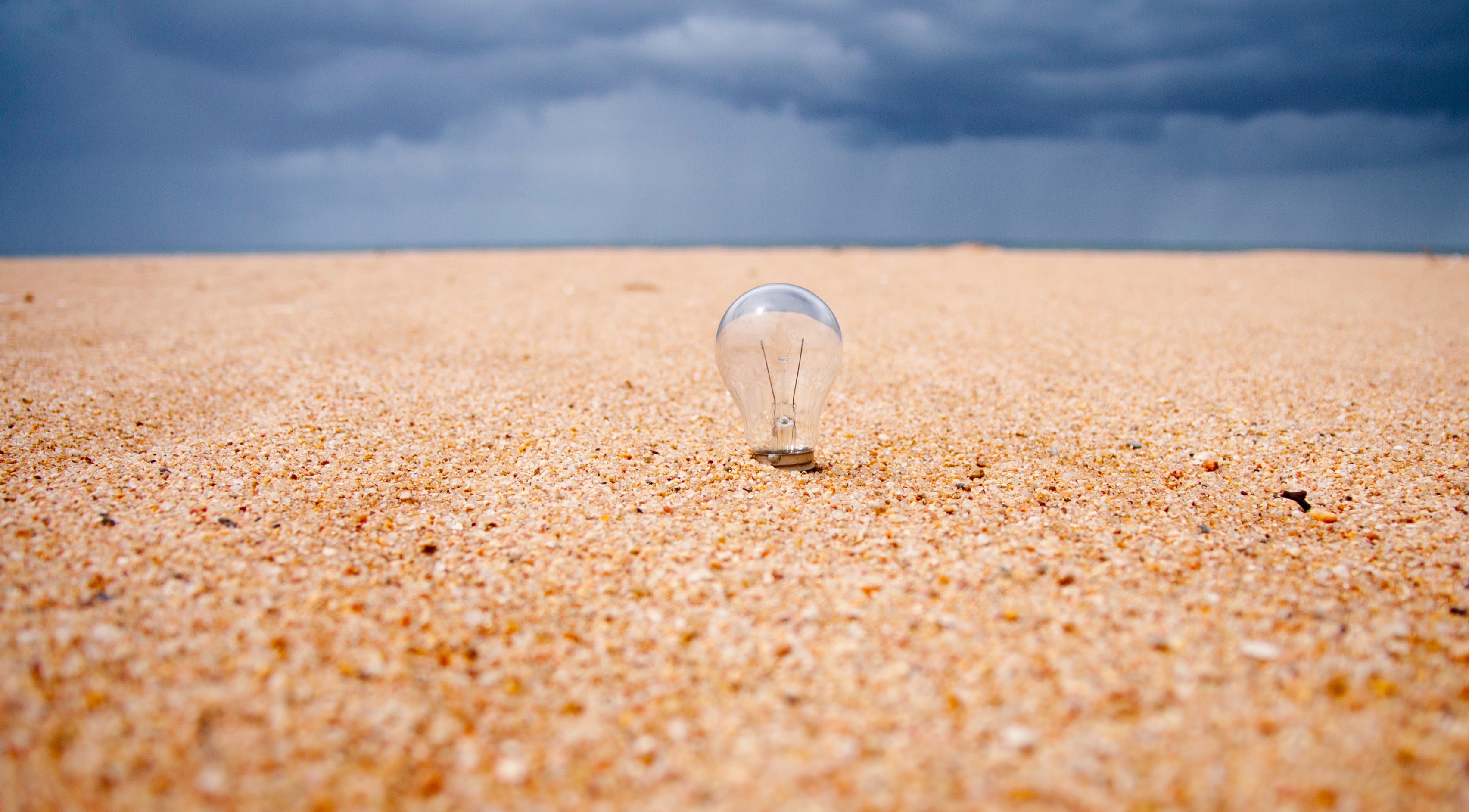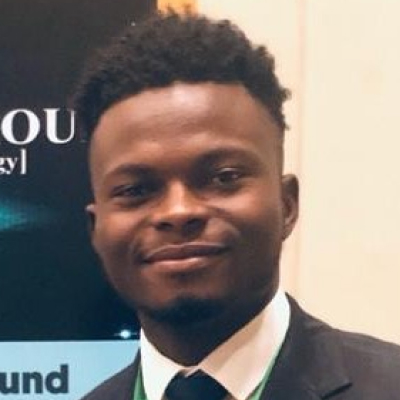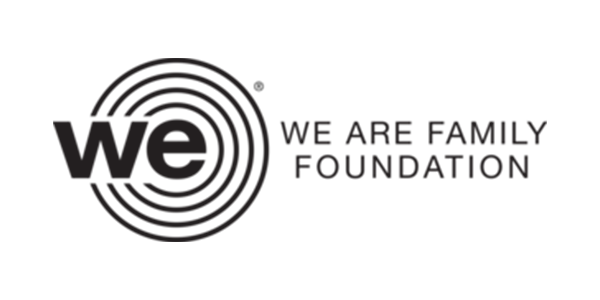Over 89% of the population in Sierra Leone lacks access to electricity or gas.
Firewood and charcoal are often the only sources of light or heat for common necessities like warmth, cooking and children studying after dark. And coal is well known to be a dangerous toxin contributing to air and water pollution as well as respiratory issues. Add this to Sierra Leone’s economy, which has been exponentially expanding since the early 2000’s with energy consumption simultaneously rising by 65% and the expectation that demand will continue. Motivated by creating a more secure energy future, nineteen-year-old Jeremiah Thoronka developed an innovative piezoelectric device that harnesses energy from heat, vibrations and weather, and transforms it into clean, affordable and accessible power. To date, Optim Energy has provided over 150 homes and schools with free energy. Thoronka has also designed the Energy Efficiency Online Calculator (EEOC) to help consumers determine how much energy their appliances are using. In 2019, he was recognized as a United Nations Academic Impact and Millennium Campus Network Fellow, and was invited to speak at the African Leadership University School of Wildlife Conservation Conference. This year, he has been named one of We Are Family Foundation’s Global Teen Leaders. —Jane Racliffe
What is Optim Energy and how is it improving people’s lives?
Access to clean and affordable modern energy services has been widely recognized as a significant factor for enabling economic and social development in Sierra Leone. Stand-alone systems (main grids) and mini grids are presumed to play an important role in the provision of sustainable energy access in local communities that currently lack access (ScienceDirect, 2019). An increasing number of small-scale energy projects are being implemented in local communities around Sierra Leone. However, despite the large number of energy development projects, over 89% of the Sierra Leone population suffers from energy deficiency (Vanguard, 2019). In Jalloh Terrace, the local community in the western rural district, firewood and charcoal were the only sources of light and heat for students studying or families cooking food. Photochemical smog—a negative consequence of burning coal—causes air pollution, water pollution and respiratory problems among the community.
To help solve these energy access and environmental challenges, I used my skills in science in early 2017 to develop the Optim Energy device. Optim Energy (OE) is an innovative energy start-up that uses kinetic energy and vibration to generate clean, affordable and accessible electricity. Its piezoelectric device harnesses energy from pressure, heat and vibrations—all which naturally occur in the environment to produce its electricity. OE aims to be a global leader in kinetic energy and smart transmission systems used to develop an efficient transmission channel. During its prototyping phase, Optim Energy was able to power 150 households and schools free of cost. These homes are made up of over 1,500 people and 15 schools with over 9,000 kids. The local community grid in the rural area where OE operates experienced a 5% efficiency and 70% growth in energy service continuation and voltage stability within the same period. The community also experienced a decrease in GHG emission, high increment in lighting systems for students, decrease in deforestation and raw material use, decrease in health issues from photochemical smog, and an increase in economic activities.
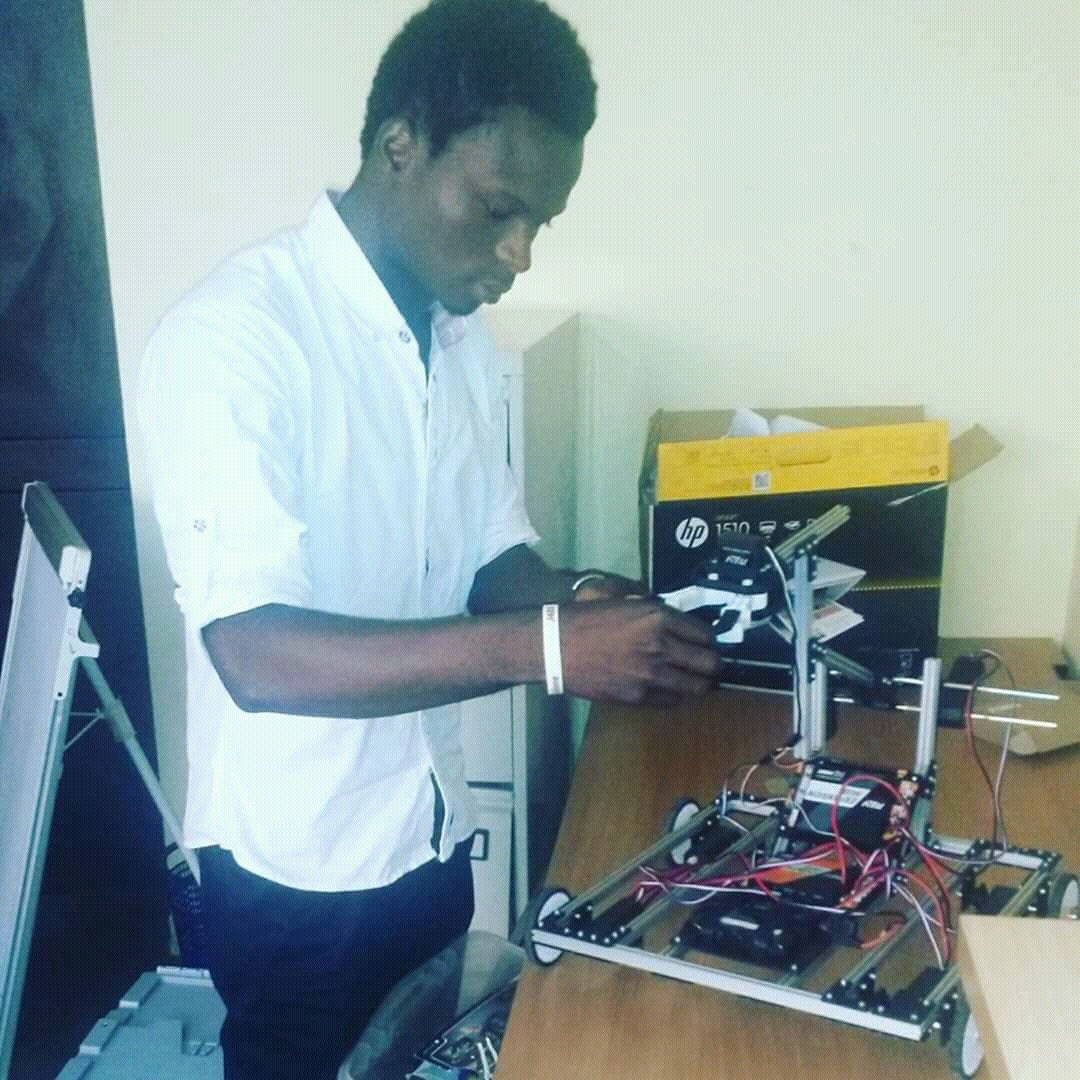
Have there been significant improvements for clean energy in Sierra Leone?
Since the early 2000s, Sierra Leone has been experiencing rapid economic growth, and its energy consumption has risen by 65% (Awoko, 2017), but the existing energy systems in the country are still underdeveloped and unable to meet high energy demand. Access to modern energy services/clean energy systems remains limited, which makes over 89% of the population living without electricity and nearly 96% relying on traditional solid biomass for cooking (Vanguard, 2019).
Demand has been increasing and the country’s electricity tariffs remain far higher than that of its neighbors and are among the highest in the world. The National Power Authority (NPA), the state-owned electric utility, charges between 11 cents/kWh (its lifeline tariff) and 13 cents/kWh in Freetown and the provincial capitals where it operates (EDSA, 2019). In other areas, Rural Electricity Enterprises (REEs) provide power to rural communities through mini-grids at prices almost approaching a dollar per kWh. The main reasons behind the high costs of generation/providing access to energy in rural areas are the dollar-denominated imports of fossil fuels used in power by these means of generation. With only less than 10% of the country’s population living with energy, the country’s electrification rate is among the lowest in the world.
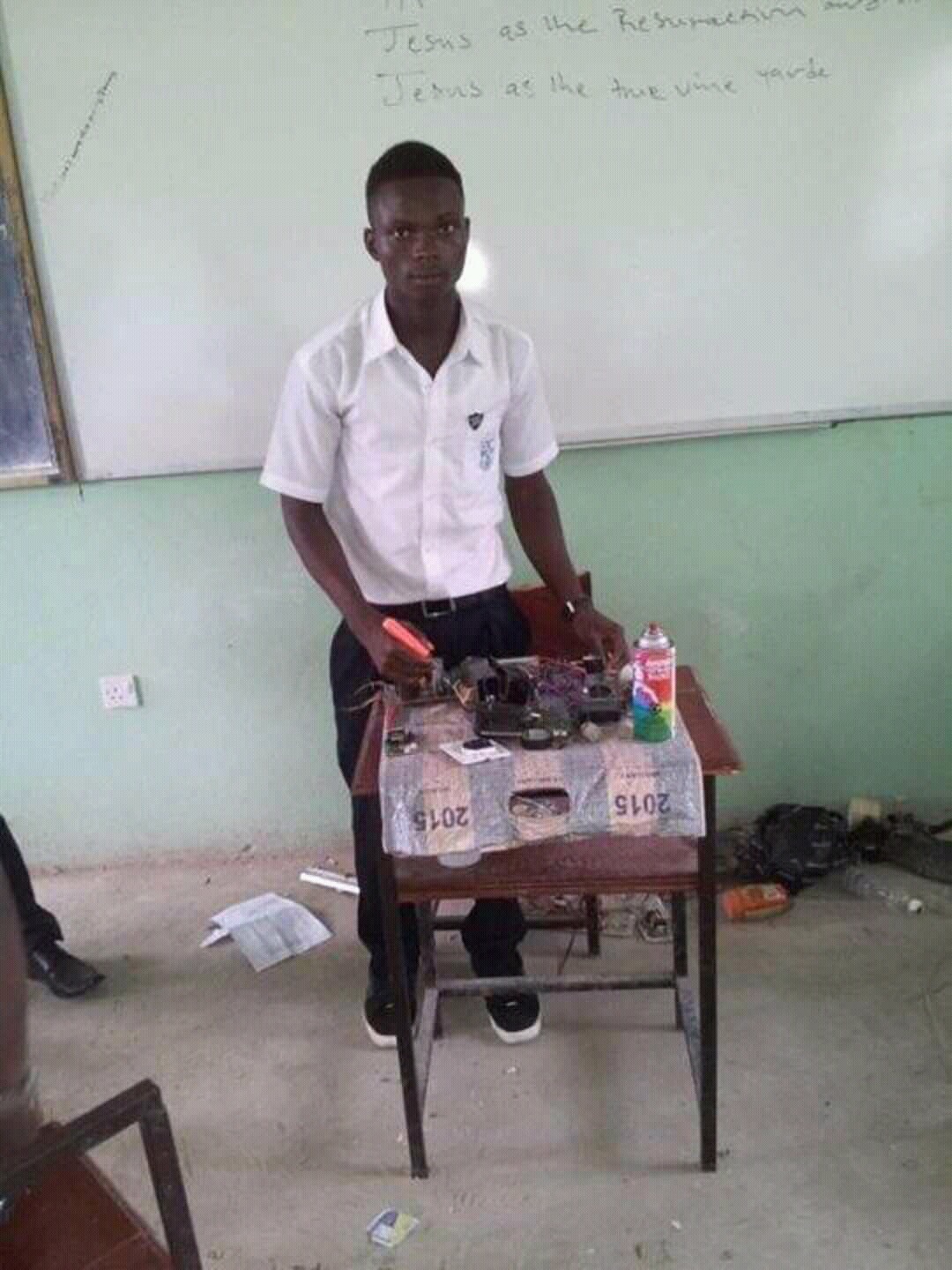
How did you go about developing your piezoelectric device?
This has been an idea that evolved since my high school days. It started as a mini hydro and windmill dam, but water levels were not favorable to the project. Then came the “Free Energy Generator.” The generator is powered by the kinetic energy produced after a user rewinds for 6-10 seconds. Due to some material and resource challenges, I honestly didn’t know what to do next, however, inspiration was gained from these devices and they served as the foundation for Optim Energy. In developing the Optim Energy device prototype, and being faced with lack of access to laboratories, I decided to use unconventional methods in making the piezoelectric device.
The first prototype was developed using scavenged materials. I could not follow the methods of developing all the most important features of the device first and designing how the device should look due to the lack of adequate availability of resources. The look of it was dictated based on the materials I could scavenge or get from local mechanics. Everything was assembled in my mum’s house and the operation that went into the development was fun and amazing.
How does the device work? What does it mean to harness energy from heat and vibrations?
The Optim Energy device produces electricity through the piezoelectric effect—the ability of certain materials to generate an electrical current when compressed—as well as induction through numerous tiny copper coils and magnets to create a charge. The energy produced is a result of vibration and kinetic energy through electromagnetic induction. The vibration and kinetic energy used by the device is done either by human, vehicle or any moving object that comes in contact with it. The device is installed beneath the soil, so it does not need extra calculated work to function. Instead, a spring will support the generating unit by absorbing shocks and sway when in contact with other items which implements sympathetic vibration. The Optim device uses this phenomenon to amplify vibrations as a means of utilizing human and object movement in producing induced current.
Adding value to the current energy grid system, the Optim Energy Smart Grid (OESG) is made up of automated control technologies—new and improved energy systems working cohesively with the local electrical grid system to respond digitally to the rapid change in energy demand in the community. This system has shown an unprecedented opportunity in moving the Sierra Leone energy sector to an era of energy efficiency, and a reliable energy sector that will instantly contribute to the environmental and economic issues caused by the lack of energy access.
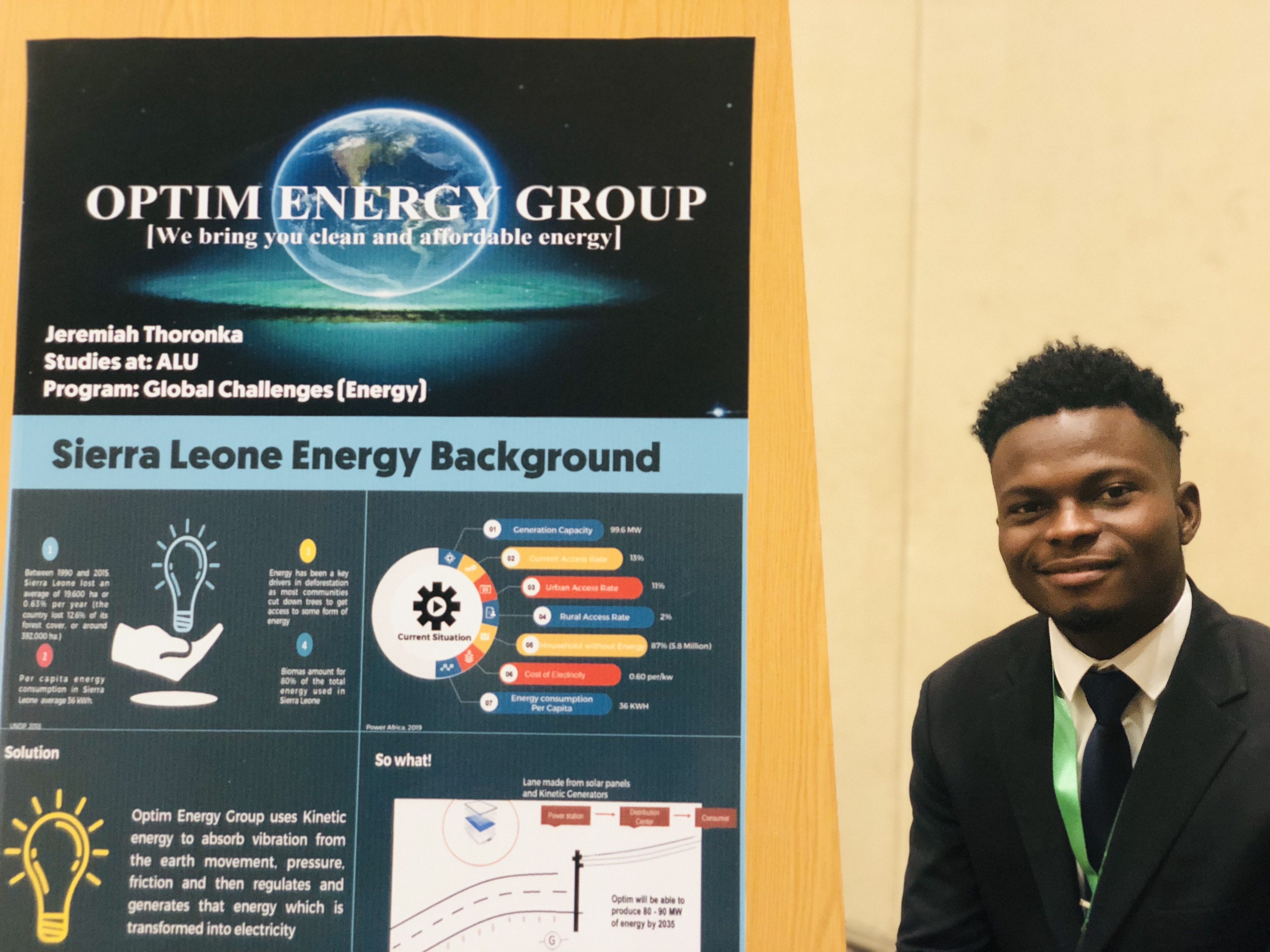
What is the Energy Efficiency Online Calculator (EEOC) you created?
Sierra Leonean policymakers have rolled out programs and policies that call for the use of energy-efficient appliances and equipment, but the challenges of energy inefficiency remain. The barriers towards achieving energy efficiency in homes, commercial buildings and factories have been formidable. Overcoming these barriers goes beyond government policies, building new energy sites, energy-efficient equipment and high investments in the sector.
The Energy Efficiency Online Calculator is a promising solution. It aims to promote and demonstrate energy conservation and energy efficiency in Sierra Leone. The calculator is used by consumers to track their consumption patterns based on the appliance usage. The EEOC serves as a simple tool for calculating the efficiency of a home (Ratio of useful energy output to the energy input). As a product, the OEEC aims to: (1) build new energy-efficient consumption patterns in homes and commercial spaces; (2) reduce the cost of energy use; (3) decrease the amount of resources used in electricity production; (4) reduce energy demand and intensity on the grid; (5) reduce the amount of greenhouse gas the country emits; and (6) collect data on energy use in target areas of Sierra Leone that will inform policies. The challenge of acquiring data on energy efficiency patterns or energy use makes this project more attractive. It also presents an opportunity for Sierra Leone to take a leap to become an energy-efficient economy, while using readily available data to inform its development programs.
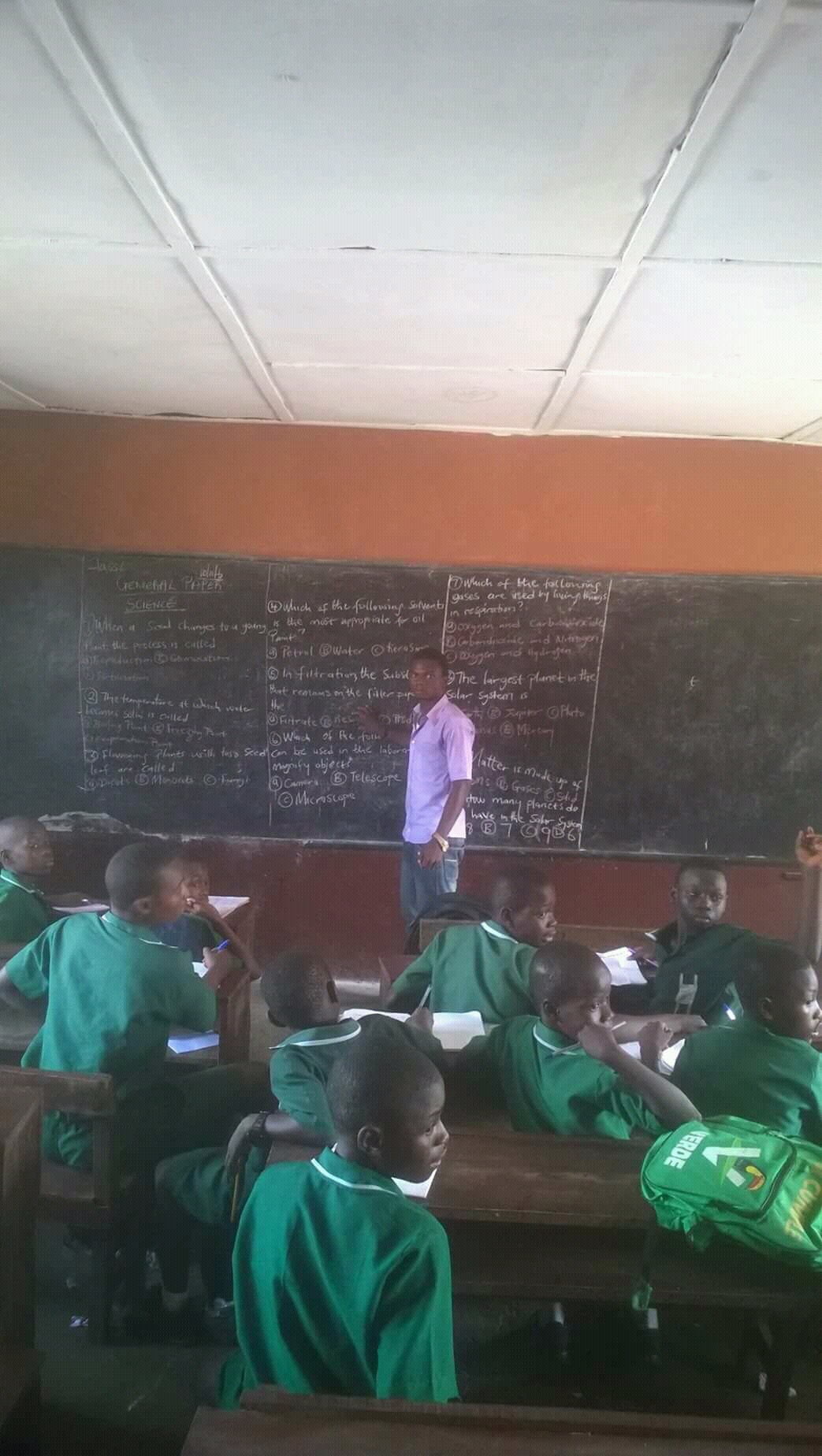
Can you tell us about your work with the UN?
I was selected by the United Nations Academic Impact (UNAI) and the Millennium Campus Network to go through the Millennium Fellowship. UNAI is an initiative that aligns institutions of higher education with the United Nations in supporting and contributing to the realization of United Nations goals and mandates. The fellowship was a semester-long leadership development program through training and connections that will help in taking the social impact of Fellows projects to a new height. During the project I worked on refining Optim Energy and making sure my solution reached more people.
What do you see as the greatest challenges in addressing climate change?
Tremendous strides have been made in addressing climate change and its impact, but we have still not been able to find the niche that may take us a step closer in solving the challenge. I believe the greatest challenge in solving climate change is behavioral change. Change in behavior will impact how resources will be used and the level of greenhouse gases that will be emitted. Behavior towards resource use has been a bottleneck when strategies are being developed in responding to climate change. With a change in energy consumption patterns, we will be able to reduce the amount of fossil fuel being pumped into the environment. The change in consumption patterns during COVID-19 lockdowns helped reduce emissions by 17% in April 2020, which shows the huge potential our behavior will have in solving climate change. Regardless of the amount of renewables, electric cars, smart cities or policies we develop over the next couple of years, our consumption pattern will be key. The materials that are used in developing renewables, smart cities, parts of the electric cars or the electricity used in charging the electric car comes from somewhere. How we use our equipment, cars and natural resources will have a huge impact in this fight.
What impact has the pandemic had on Sierra Leone and the work you’re doing there?
The impact of COVID-19 on what I do has been devastating. I have to revisit the drawing board in adapting to this new reality: huge health crisis, new movement regulations, lack of access to resources/scarcer funds, and suspension of negotiations with potential partnerships that were close to completion. The pandemic would have been more impactful though if we were in full operations, but since we were still prototyping, we went back to develop a new sustainability strategy and risk response plan. The positive side of COVID-19 is that it drew me back to rethink every process of Optim Energy and how we will be well-positioned to respond to any future crises.
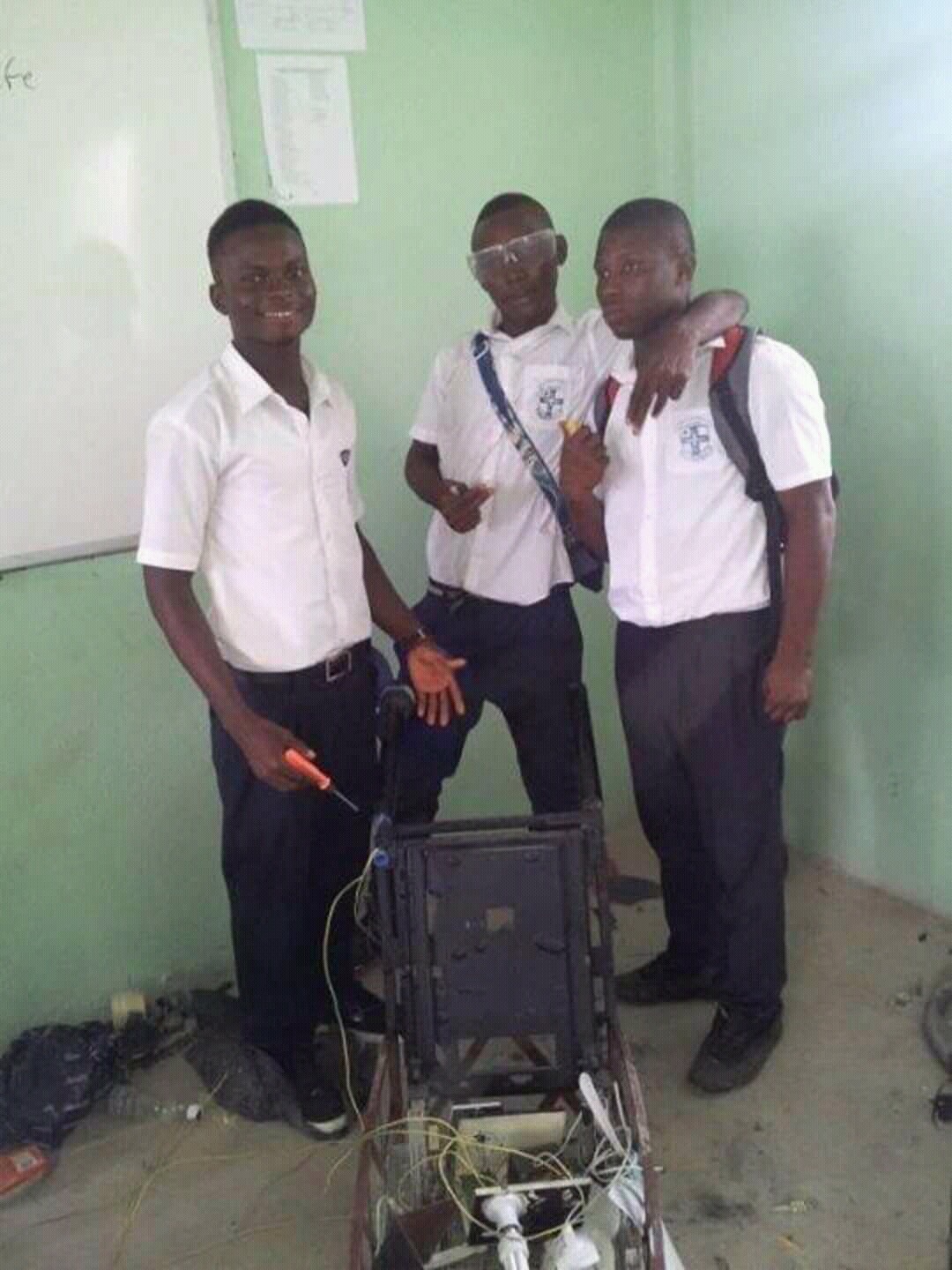
What brings you joy?
Finding myself at the heart of the energy transition and how that has turned me into an anomaly: a young man from a community where energy is a luxury that only the rich could afford who became very interested in renewable energy development and climate change gives me priceless joy. The growing determination to make a significant innovation contribution in renewable energy development in creating a more secure energy future makes me wake up each morning with a smile, believing I will somehow be impacting someone’s energy access narrative. These are the things my heart beats for; it’s what I want to spend my life doing and I have been having fun too.
Are you in college now? If so, what are you studying?
I am a final year student at the African Leadership University (ALU), pursuing a BA (Hons) degree in Global Challenges with a focus on energy and climate change. The Global Challenges program is designed to give students exposure to and expertise in some of the most pressing challenges facing Africa and the rest of the world. The program is intended to provide students with a launchpad that will enable them to craft careers—or as the University calls them in the program, “Missions”—in which students will pursue a positive impact on one of the world’s grand challenges. The Global Challenges degree program and the ALU culture has equipped me with the advanced skills and knowledge that will enable me to develop a successful career path in the rapidly changing renewable energy industry. The program structure and learning model created the route for me to focus on a specific challenge among the seven grand challenges.
Who inspires you most, and why?
I was born in the midst of the Sierra Leone civil war. My family was displaced as the four corners of the country emanated a catalogue of horrors. It’s in this setting that I spent most of my formative years with my mum, a hero, visionary and go-getter. Growing up in this community with a single parent was quite challenging. Climate change issues triggered flooding and deforestation, and water shortage became a recurring community experience, but one thing remained the same: the courage of my mum. She never went to school, but she did all she could for us to be in school. Filling up the house with scavenged materials is something many would consider unacceptable, but she provided the helping hand a young boy, who wanted to test his enthusiasm and skills, needed. The selflessness she showed in building on my strength to innovate systems is something that will always make her a go-to inspirational figure even after breast cancer snatched her from me.
Are you feeling hopeful about the future?
Things may be bleak these days in almost everything around us—politics at the heart of climate, environment, and energy agreements. The coronavirus has exposed our system’s inability to withstand pressure or change, but I am very optimistic that these challenges present us with an opportunity to redesign how we want our societies to work. I believe our future “will be what we make out of it.” Fossil fuels (coal, oil and natural gas) are the primary energy source that oils the wheel of the global economy, and has also been the primary human source of greenhouse gas emissions. With the advancement in technology and innovation, we have the knowledge to transition to a fully sustainable energy system in the next 20-30 years. I am hopeful we can drop greenhouse gas emissions on the planet far below the 1.5° Paris global warming target. We have also been making breakthroughs in battery technology, which will position us to have a more secure energy future. Young entrepreneurs and innovators are working hard to create a low carbon energy market, and the “Three Ds,”—decarbonization, digitalization and decentralization—have been a guiding star for new systems. More jobs will be created from energy services by 2035, our systems will be more efficient, more finances will be available for start-ups, and more mini-grids will have entered the market.

